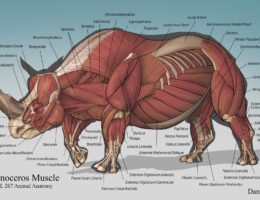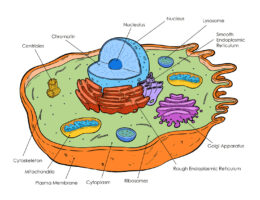Skip to content
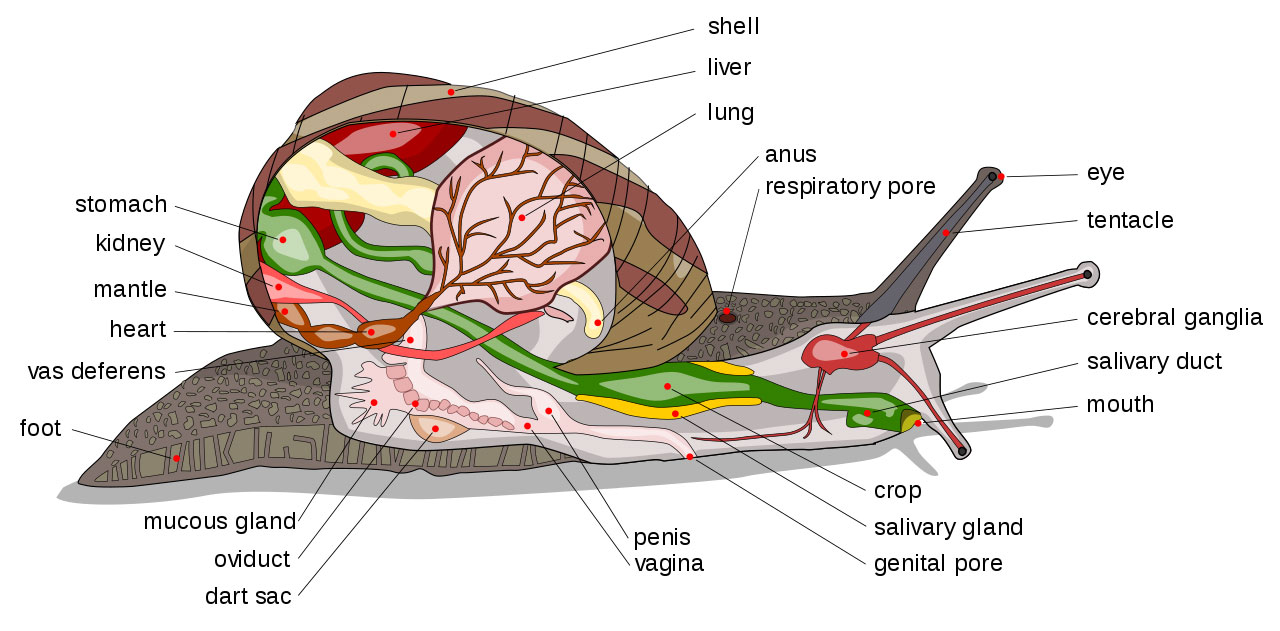
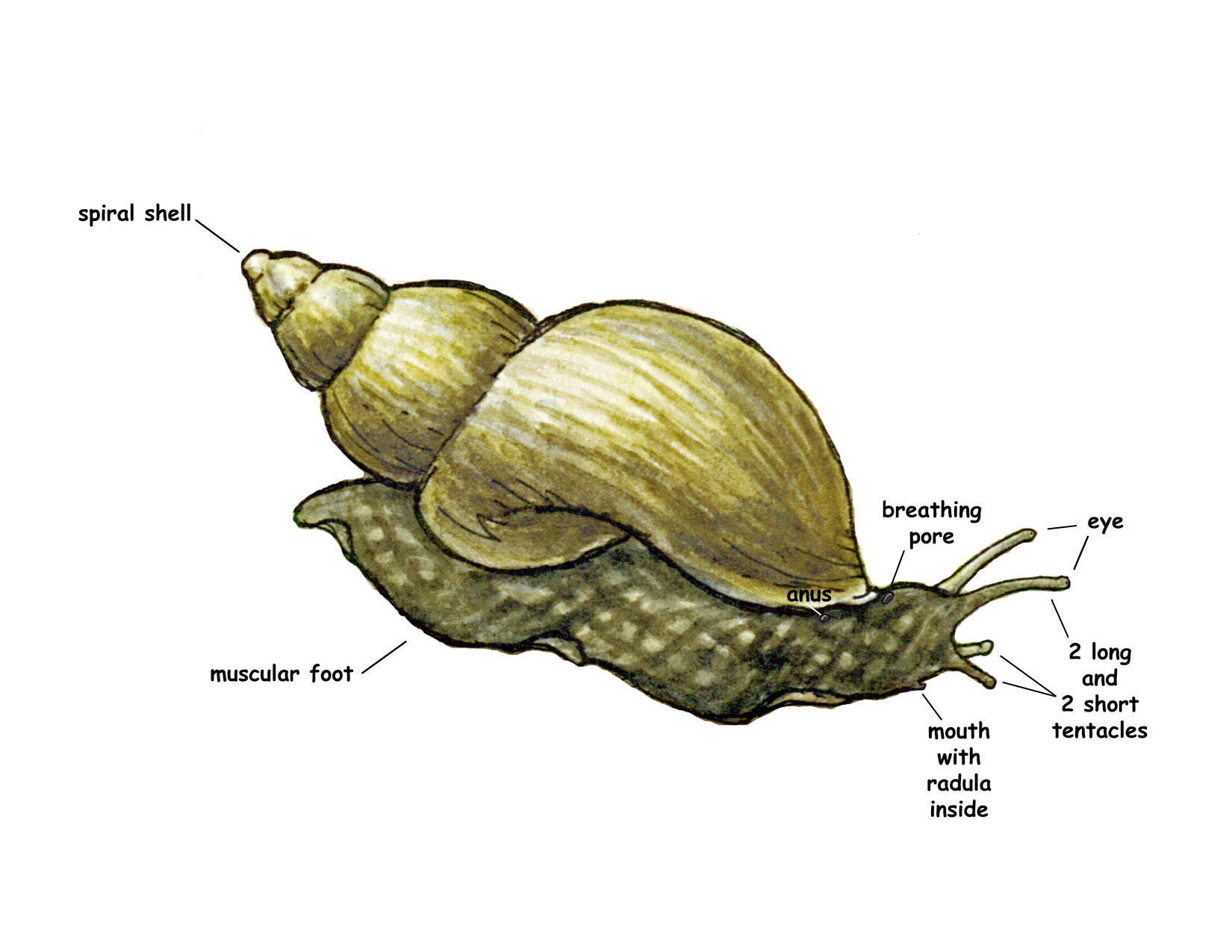
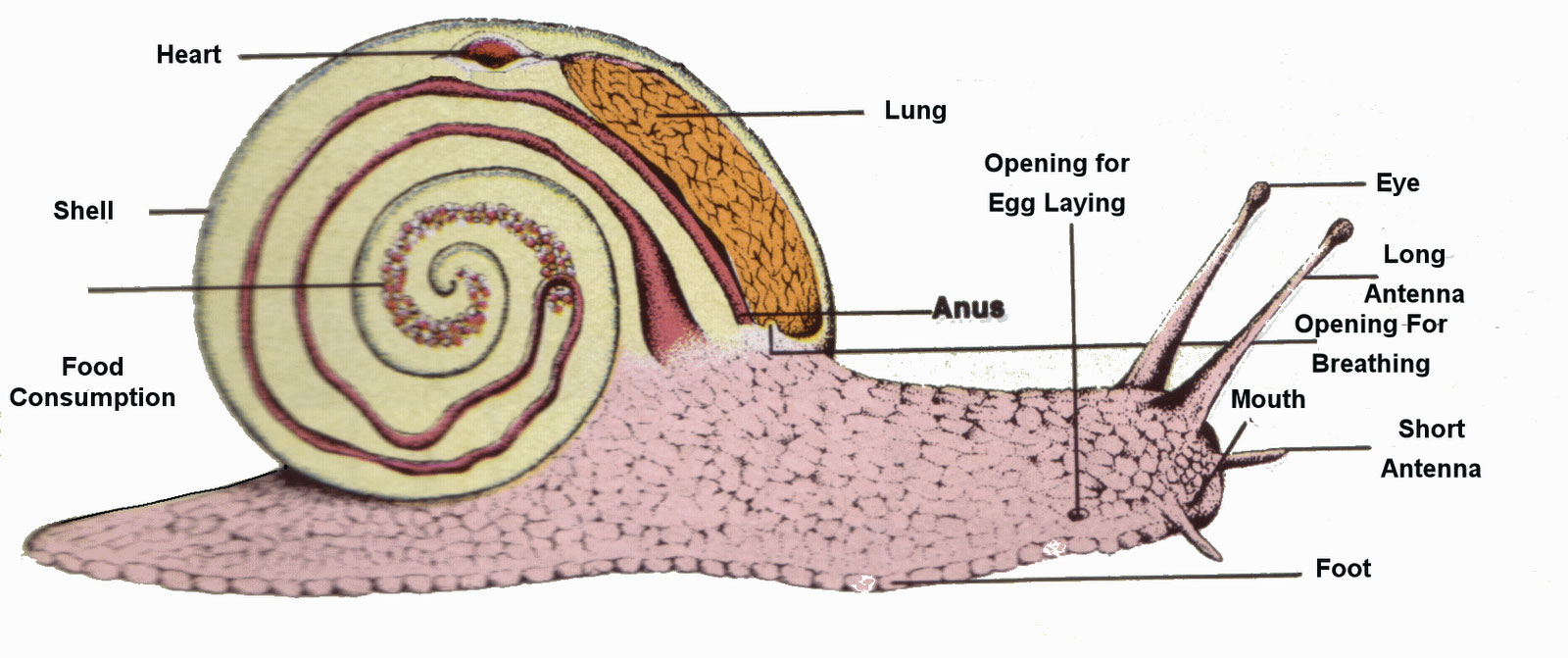
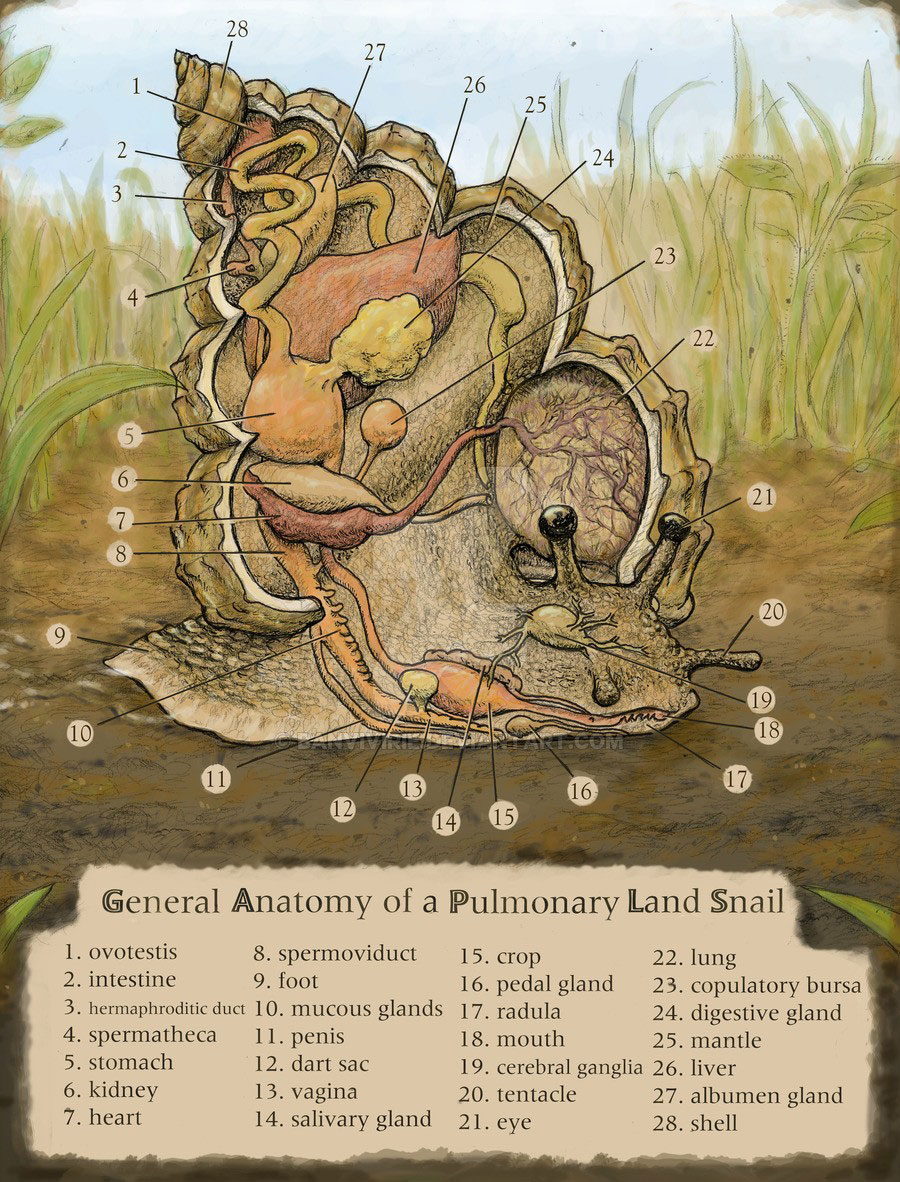
- Shell: The snail’s hard protective outer covering, made of calcium carbonate.
- Foot: The large muscle that the snail uses to move, located on the underside of the body.
- Tentacles: The two longer tentacles on the snail’s head are used for sensing and the two shorter ones are used for smelling.
- Eyes: The snail has two pairs of eyes located on the tips of the longer tentacles.
- Mouth: The snail’s mouth is located in the center of the head and contains a radula, a ribbon-like structure with teeth that the snail uses to scrape and grind food.
- Digestive System: The snail’s digestive system includes a mouth, esophagus, stomach, intestine, and anus.
- Respiratory System: Snails breathe through a small opening called a pneumostome located on the side of the body.
- Reproductive System: Snails are hermaphrodites, meaning they have both male and female reproductive organs.
- Mantle: The snail’s mantle is a fold of skin that surrounds the body and helps to protect the internal organs.
You may also like these posts




